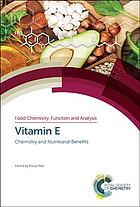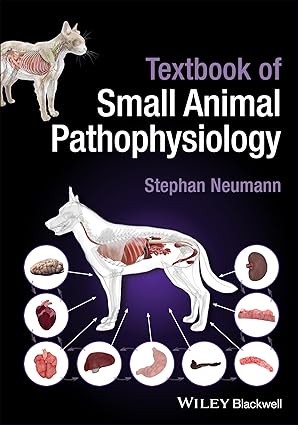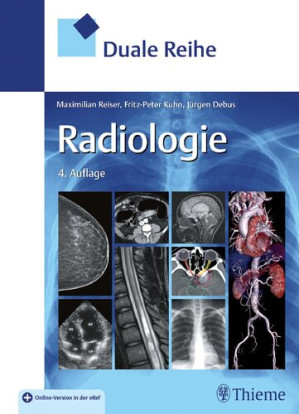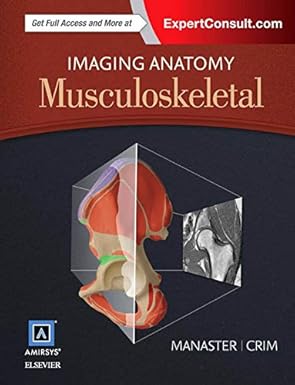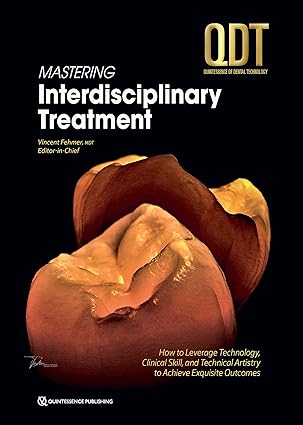دانلود کتاب Vitamin E: Chemistry and Nutritional Benefits - Original PDF
Author:
Niki, Etsuo
0 (0)
توضیحات کتاب :
Vitamin E is a plant-derived, lipid-soluble substance whose molecular struc- ture is comprised of a chromanol ring with a side chain located at the C2 position. Vitamin E refers to a group of eight different compounds: α-, β-, γ-, and δ-tocopherols and the corresponding four tocotrienols. The four tocopherols have a saturated phytyl side chain, while tocotrienols have an unsaturated isoprenyl side chain containing three double bonds at C3′, C7′, and C11′. The double bonds of tocotrienols' side chains at C3′ and C7′ have a trans-configuration. The α-, β-, γ-, and δ-forms differ with respect to the number and position of methyl groups on the chromanol ring. The α-forms of tocopherol and tocotrienol have three methyl groups at the C5, C7, and C8-positions of the chromanol ring, while the β- and γ-forms have two and the δ-forms have one methyl group as illustrated in Figure 1.1.
سرچ در وردکت | سرچ در گودریدز | سرچ در اب بوکز | سرچ در آمازون | سرچ در گوگل بوک
1,140 بازدید 0 خرید
